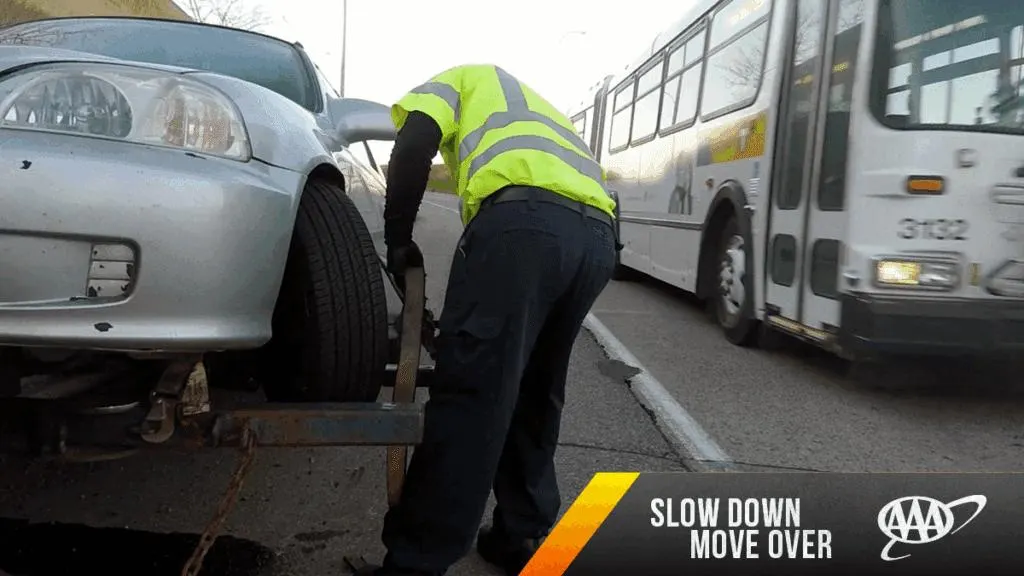Copyright forbes

“Move Over” laws have been on the books for several decades – every state and the District of Columbia has some version, but enforcement is inconsistent and many drivers are not aware of or understand what the laws require them to do. AAA Foundation for Traffic Safety By late this month, five roadside responders -- including an 18-year-old -- have been killed across the country while working. Last year, 46 emergency responders were struck while assisting others and never made it home. “Move Over” laws that require drivers to move over and slow down for emergency vehicles have been on the books for several decades – every state and the District of Columbia has some version of the law – but enforcement is inconsistent and many drivers are not aware of or understand what the laws require them to do. Those are the highlights of a new study released on Tuesday from the AAA Foundation for Traffic Safety, a nonprofit research and education association, that addressed the lack of adherence to “Move Over” safety laws. The safety group called compliance "dangerously low,” which leaves roadside responders at risk. “For more than 20 years, AAA has championed ‘Slow Down, Move Over’ laws in every state, yet we are still losing far too many roadside heroes in the line of duty,” Gene Boehm, president and chief executive of AAA National, said in a statement. “It’s clear that awareness alone isn’t enough. Drivers need to understand what these laws require and why they matter.” The laws were created to protect first responders – police officers, firefighters, EMS workers, and tow truck operators, as well as the motorists who they serve. For the study, “Slow Down, Move Over Laws: Investigating Factors Influencing Drivers’ Behavior and Compliance,” a national survey indicated that two-thirds of drivers said they’ve heard of “Slow Down, Move Over” laws, but many couldn’t say whether their state has one or what the law entails. Researchers reviewed real-world footage of drivers passing roadside incidents and found that only 64% of vehicles either slowed down or moved over. The remaining 36% neither slowed down nor moved over. And while many drivers did change lanes, few hit the brakes to reduce speed. MORE FOR YOU "Drivers are far less likely to move over or slow down for tow trucks or stranded vehicles than for police, revealing a widespread misconception about who the laws protect,” according the study. Only 58% of drivers witnessed in surveillance footage slowed down or moved over when a tow truck was stopped at the roadside, compared to 66% who slowed down or moved over for police vehicles. A few other findings from the study: Most drivers say they comply with laws, but roadside video shows that’s not the case, particularly when it comes to reducing speed. Weak enforcement reduces deterrence. Drivers perceive little risk of being ticketed, and penalties vary widely—from $30 in Florida to $2,500 in Virginia. AAA said it encourages policymakers and enforcement agencies to strengthen and unify their “Slow Down, Move Over” laws, making them clearer, more consistent, and easier for drivers to follow. The automotive group also said raising public awareness and increasing enforcement visibility would help make the laws more effective. “We need clear, consistent laws, visible enforcement, and education that resonates with drivers,” Jake Nelson, AAA director of traffic safety advocacy and research, said in a statement. “When everyone understands what ‘slow down, move over’ really means, we can make our roads safer for those who protect us every day.” To read the full report, click here. Editorial StandardsReprints & Permissions



